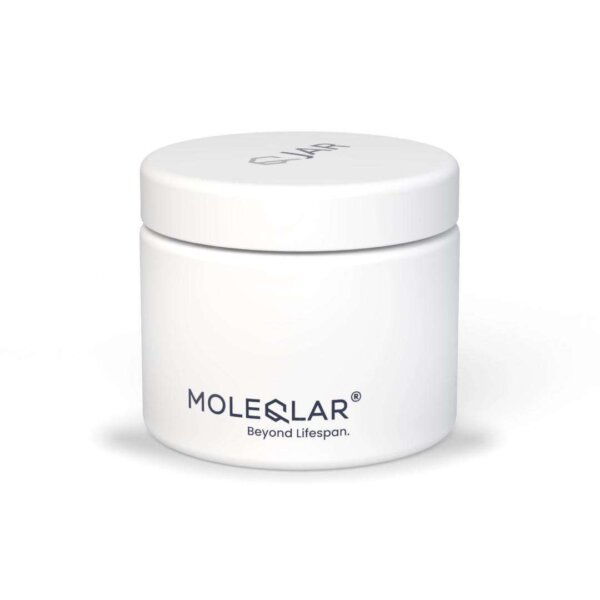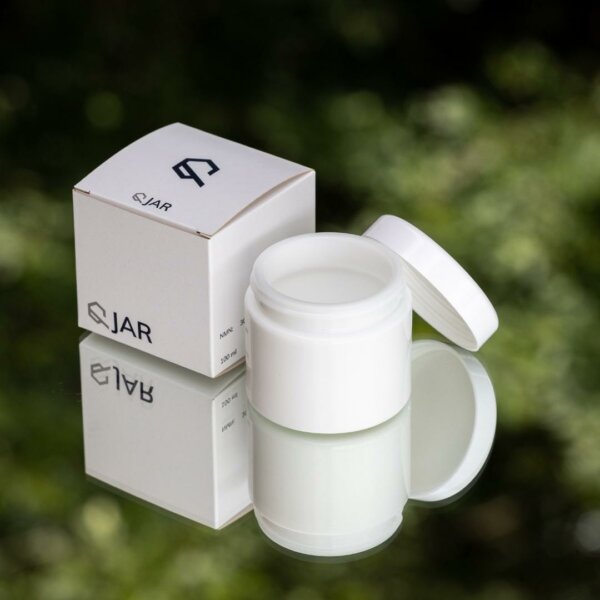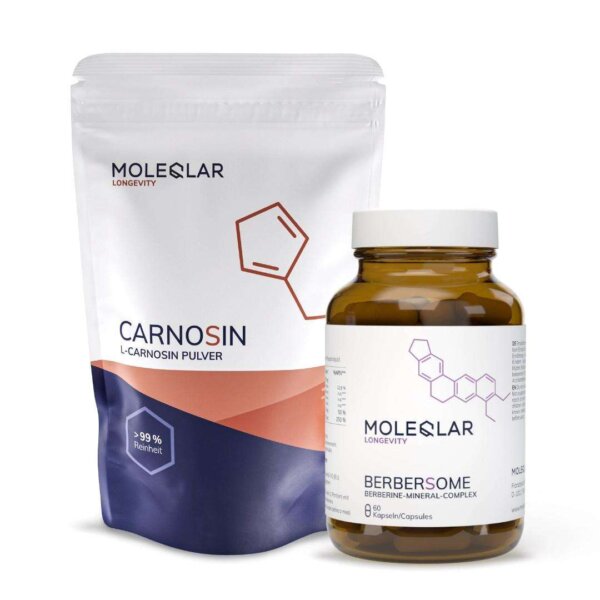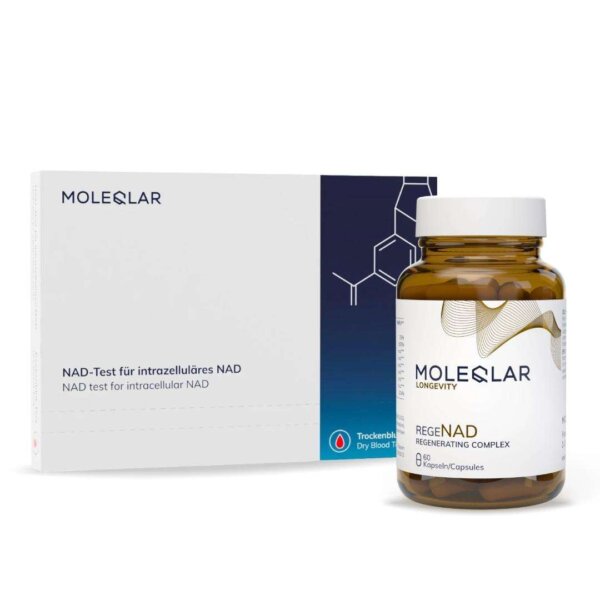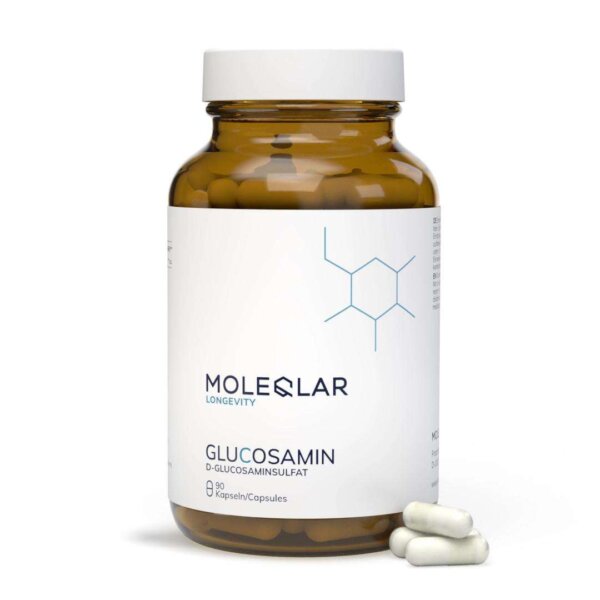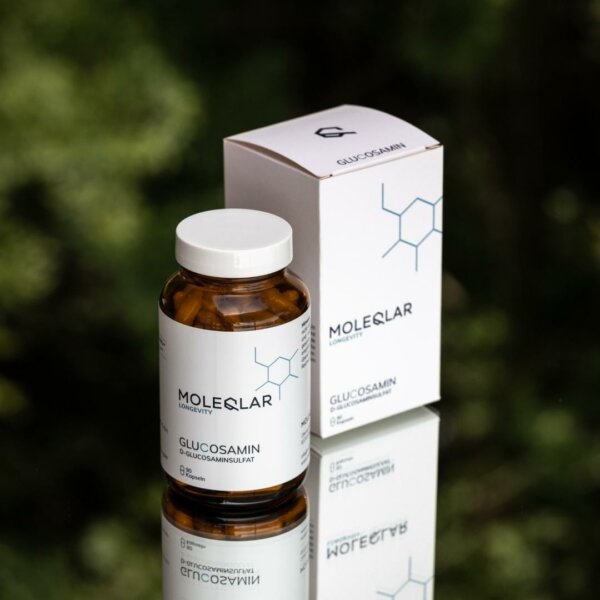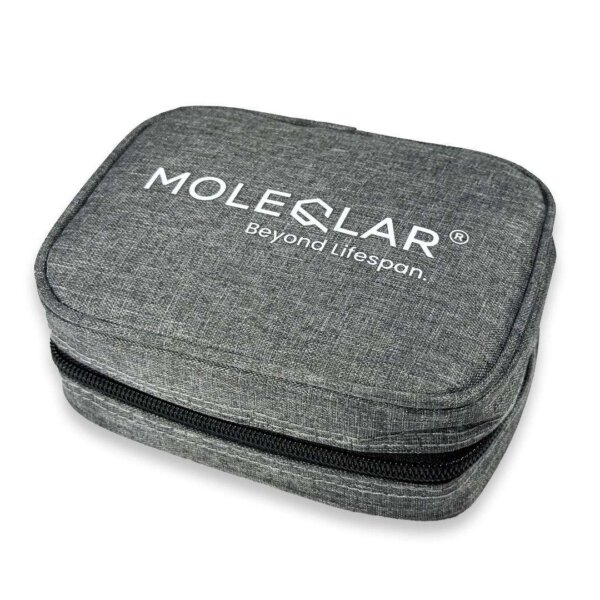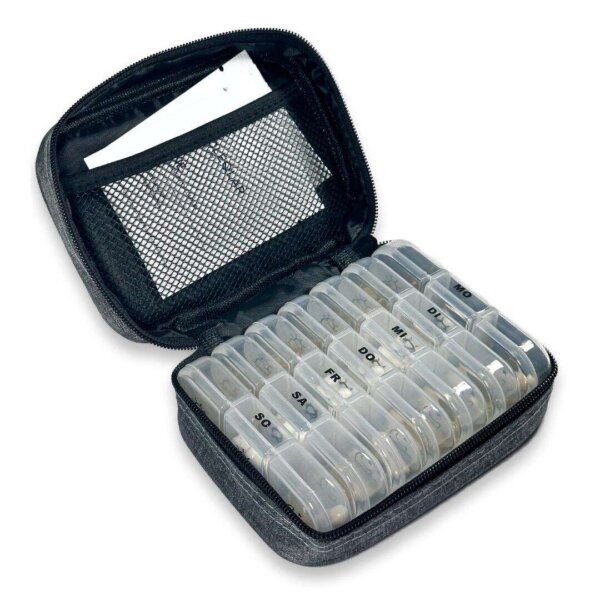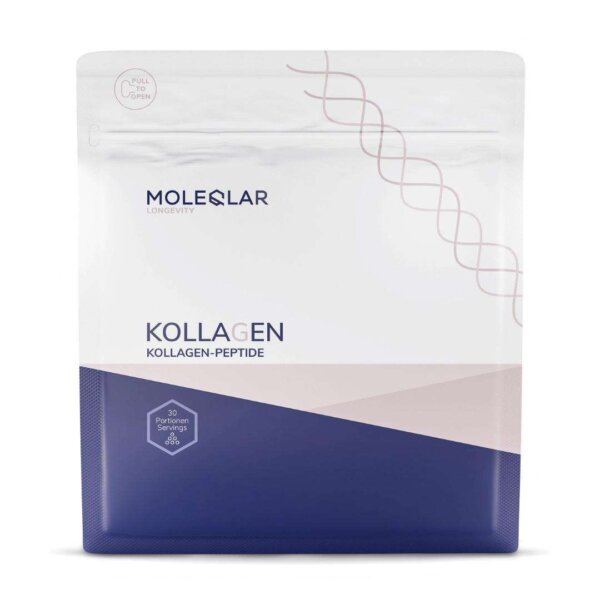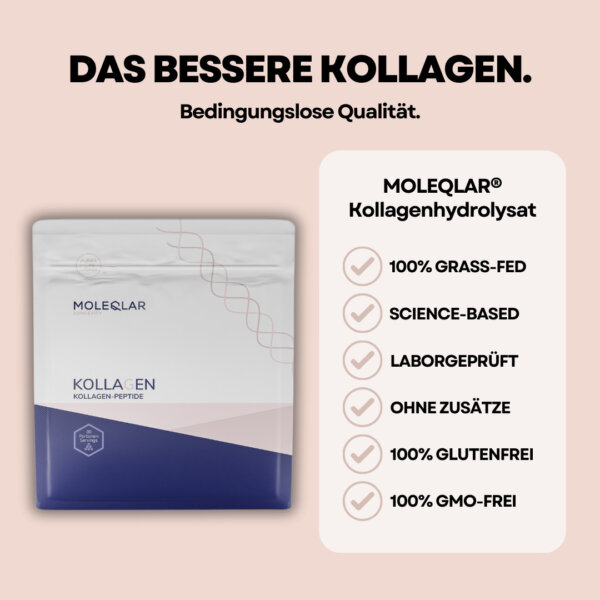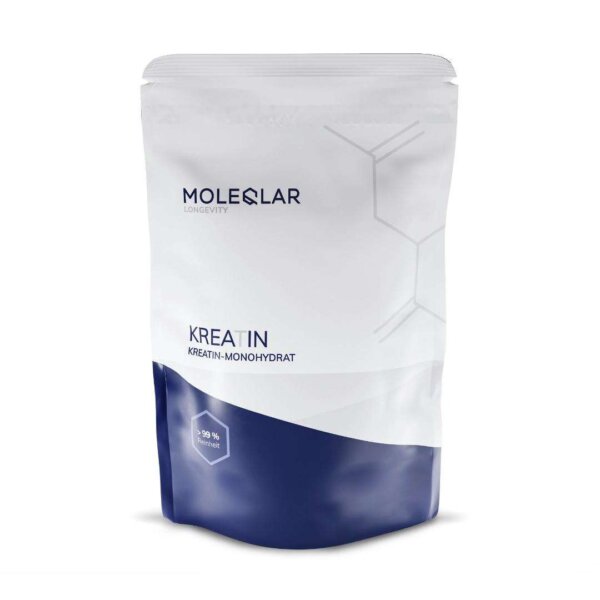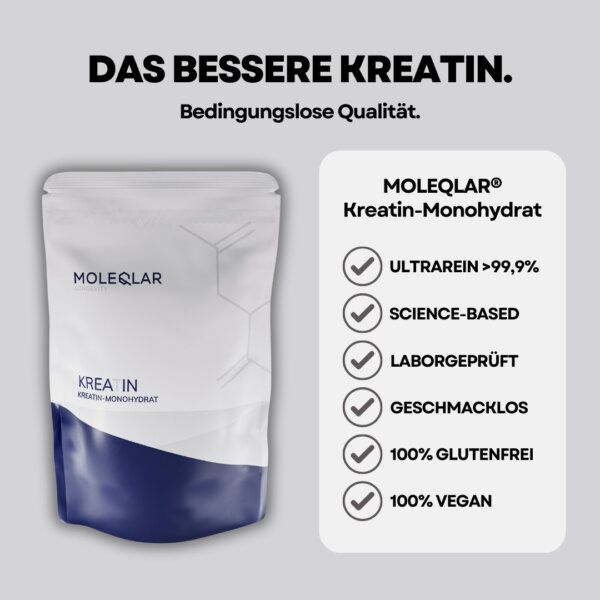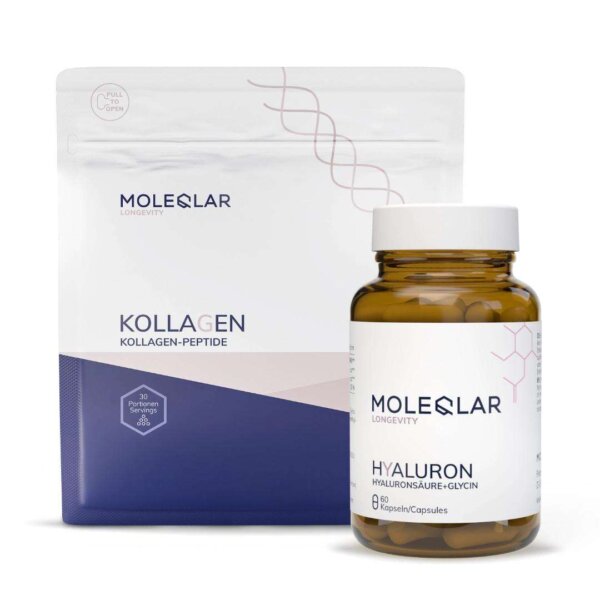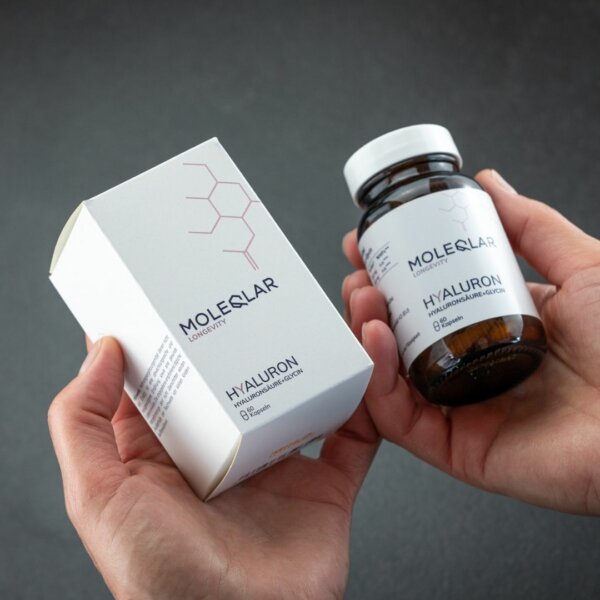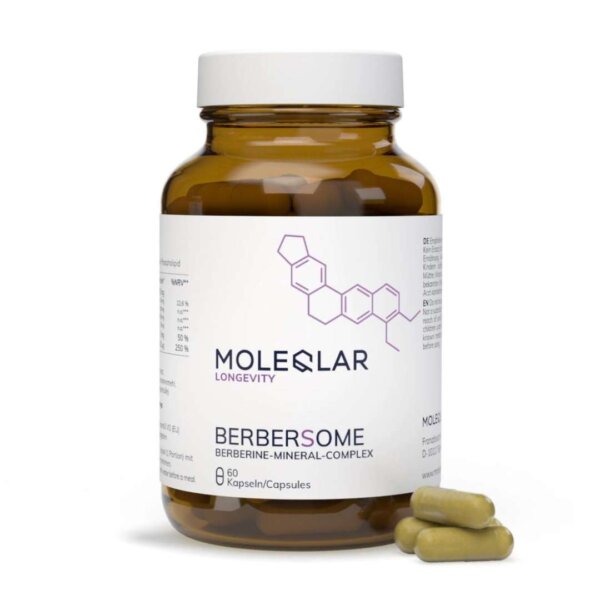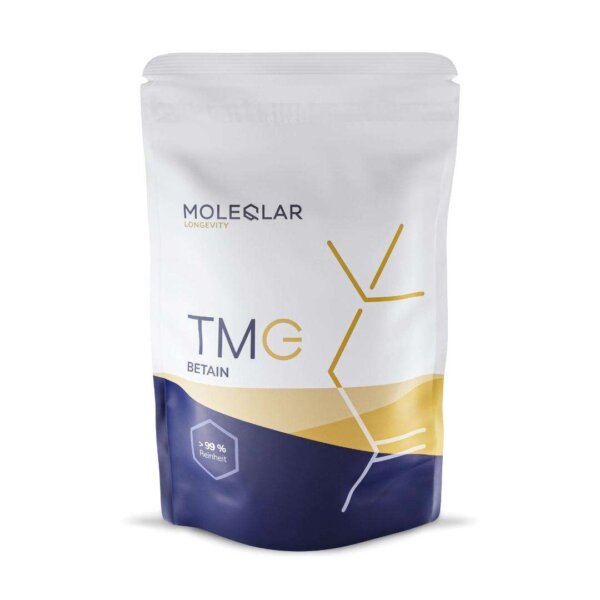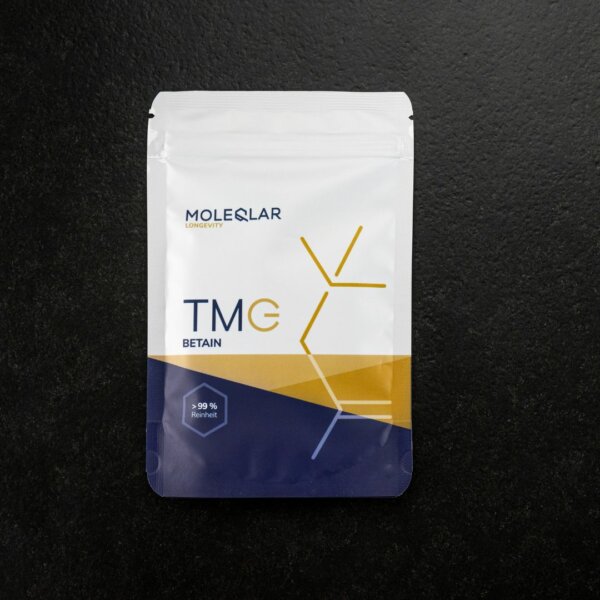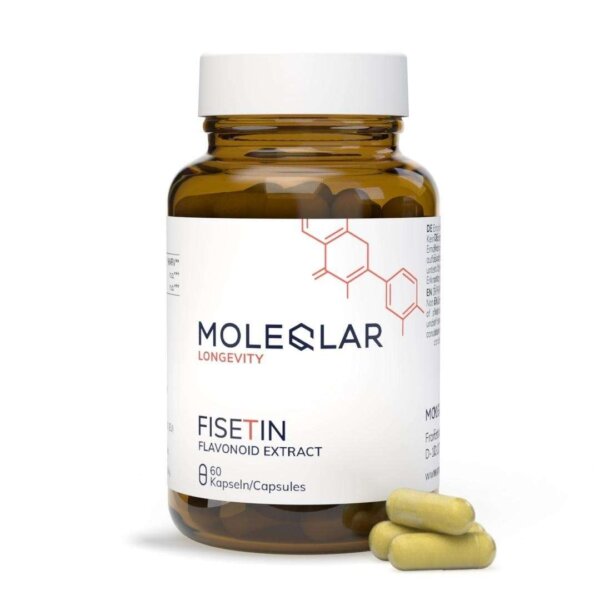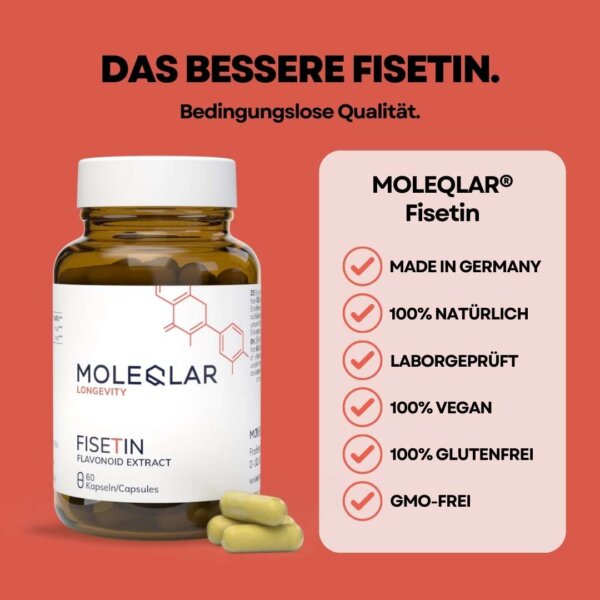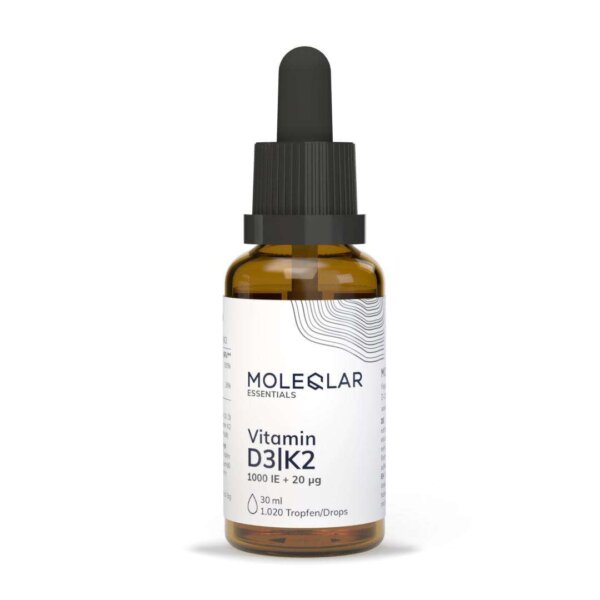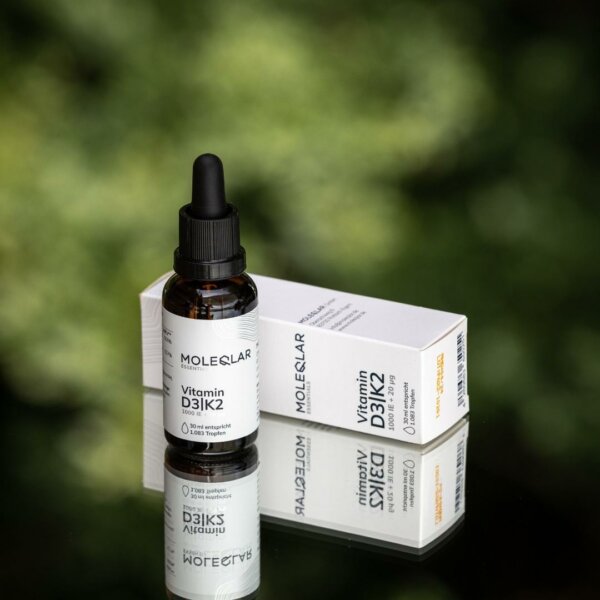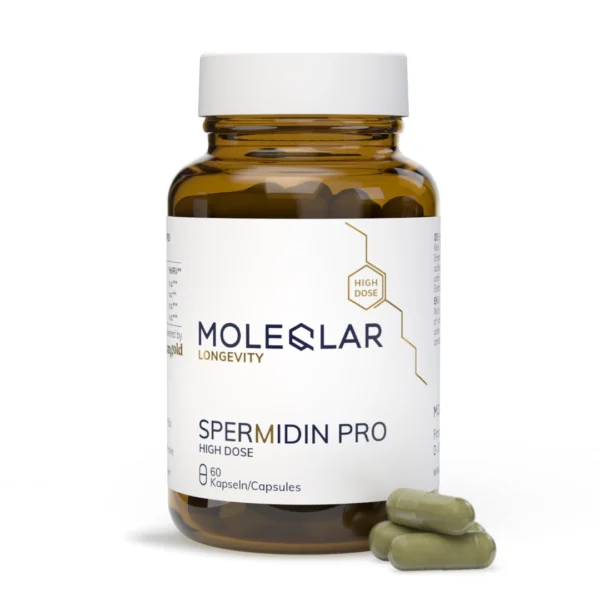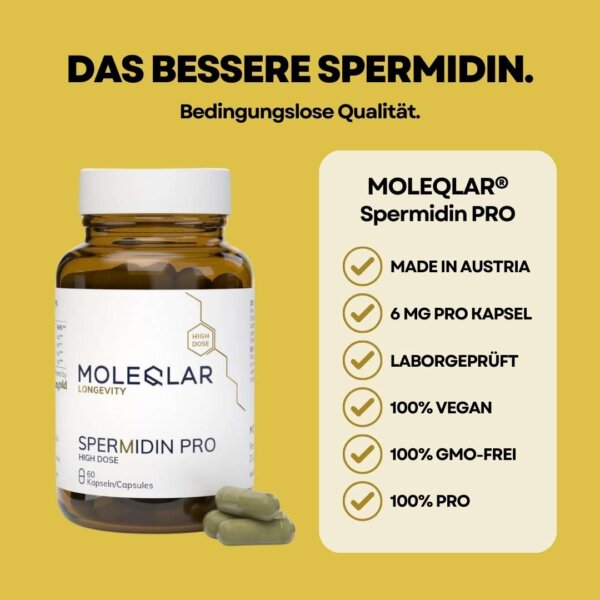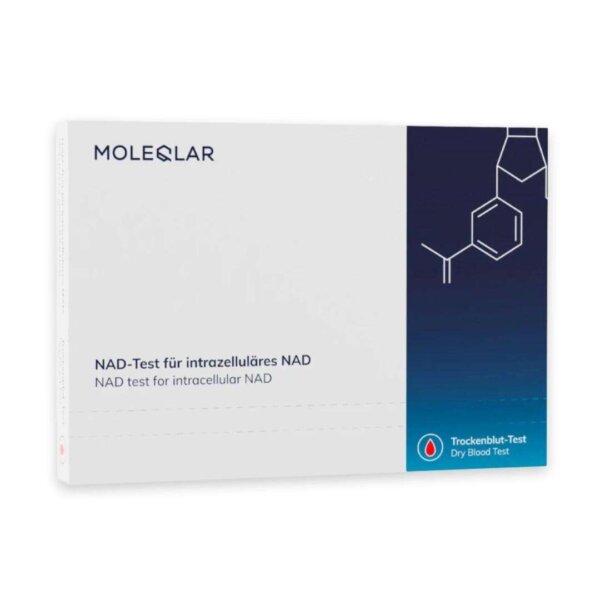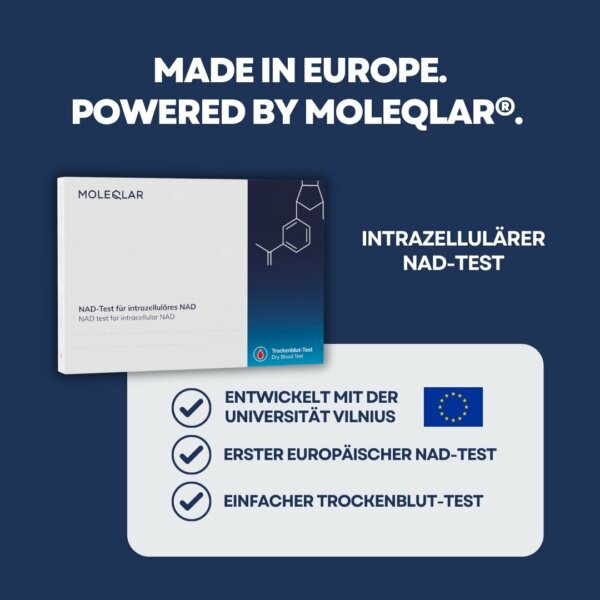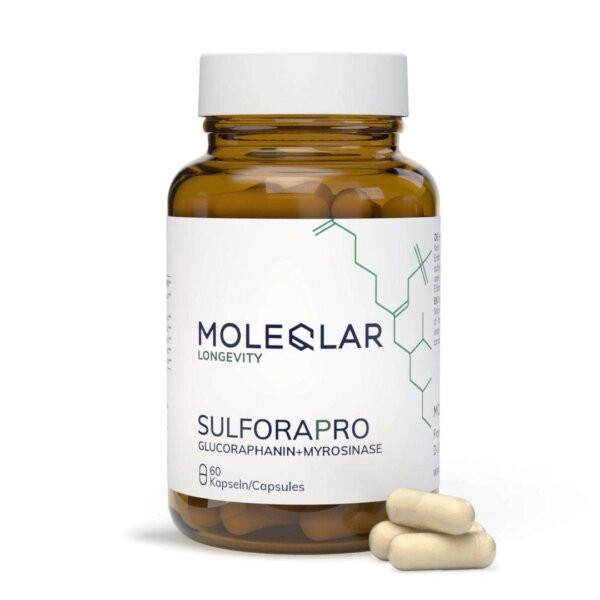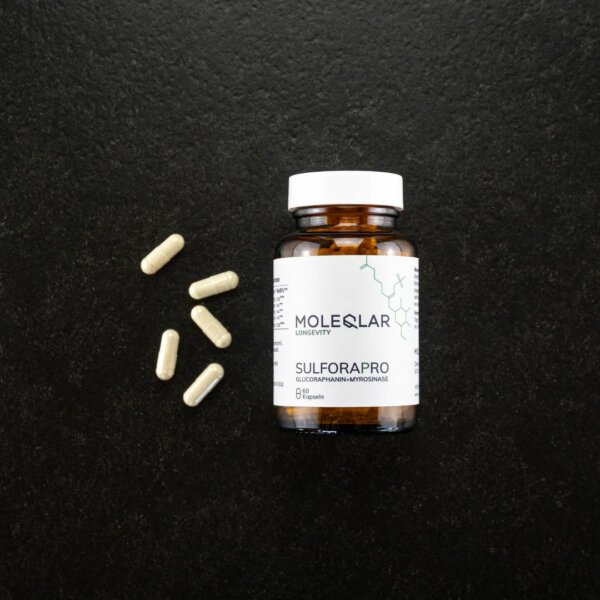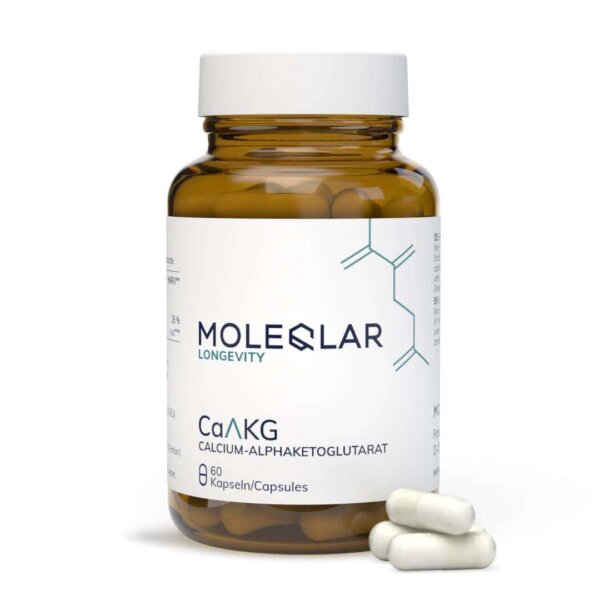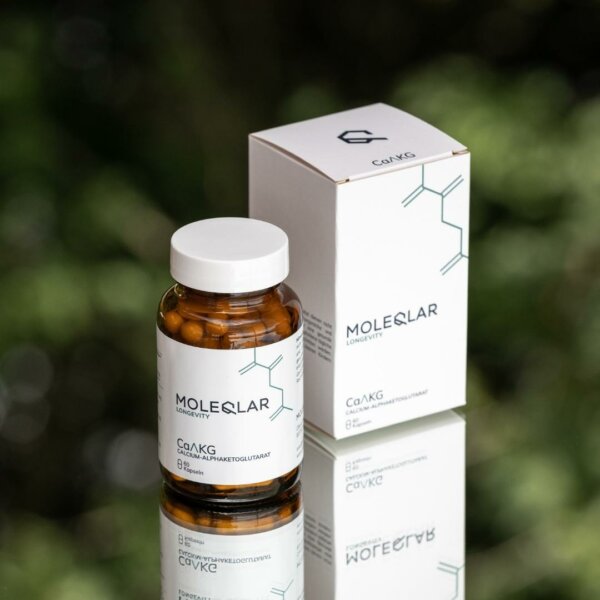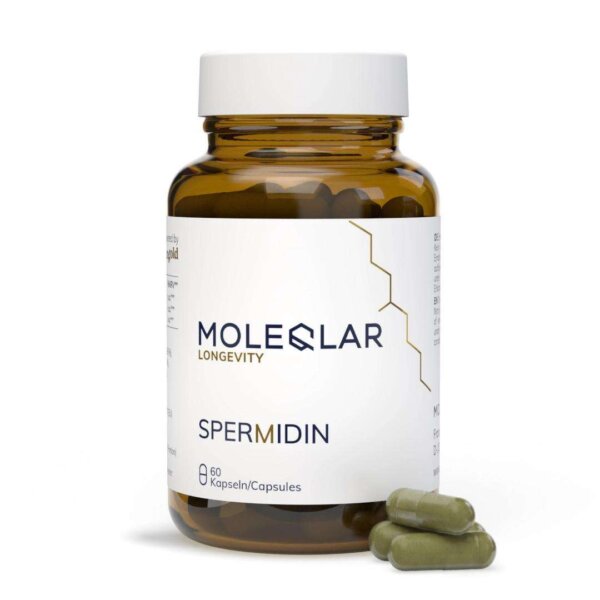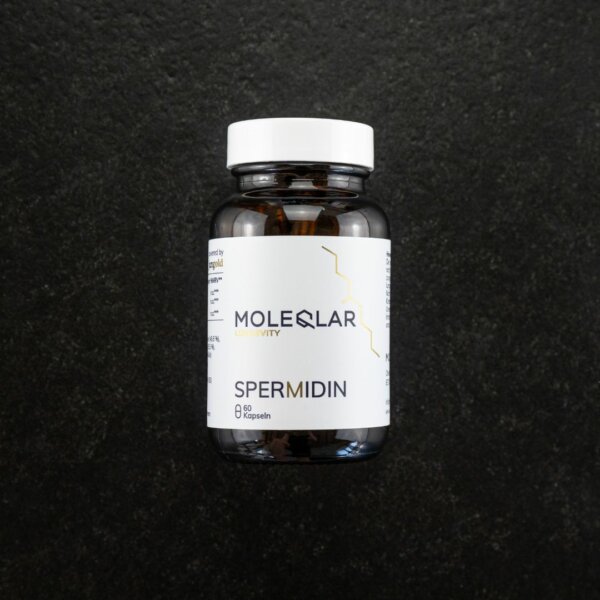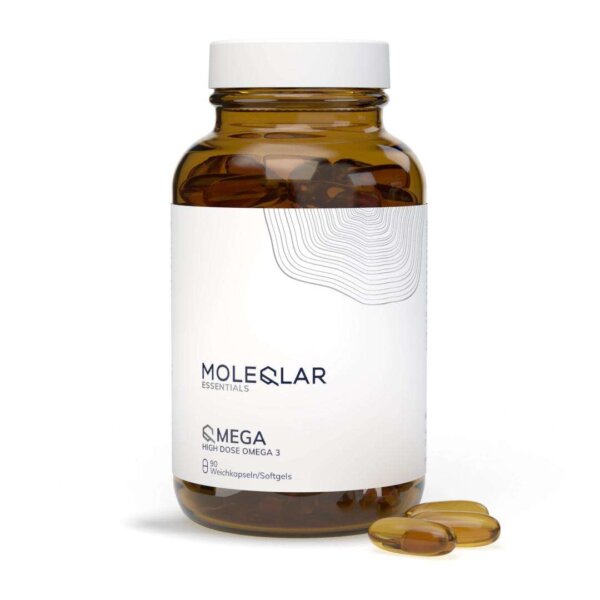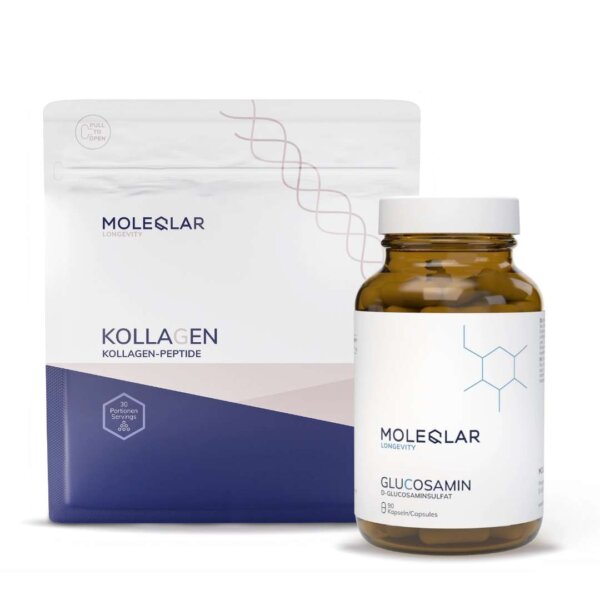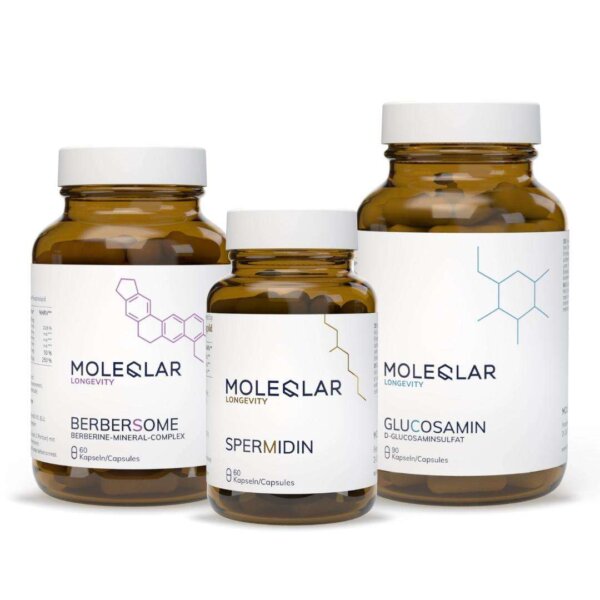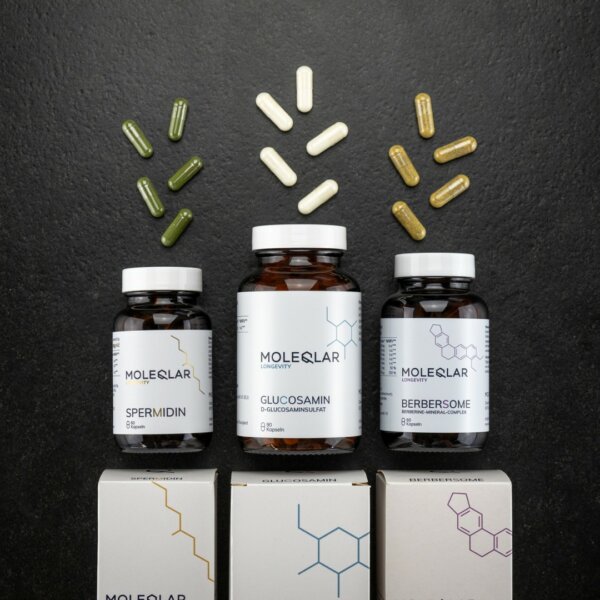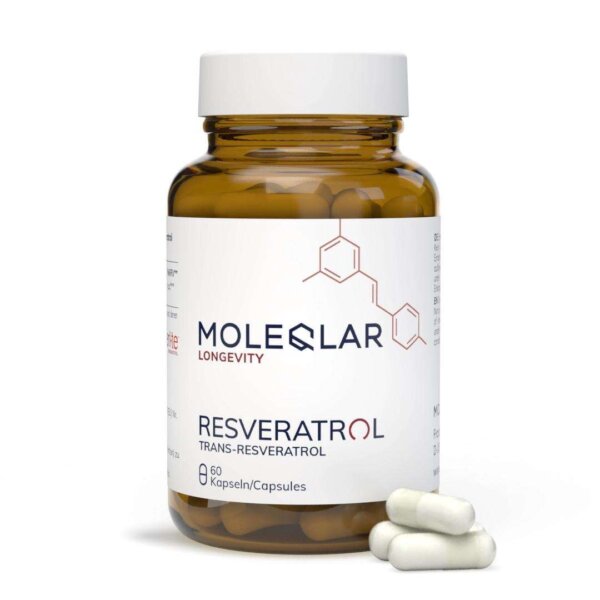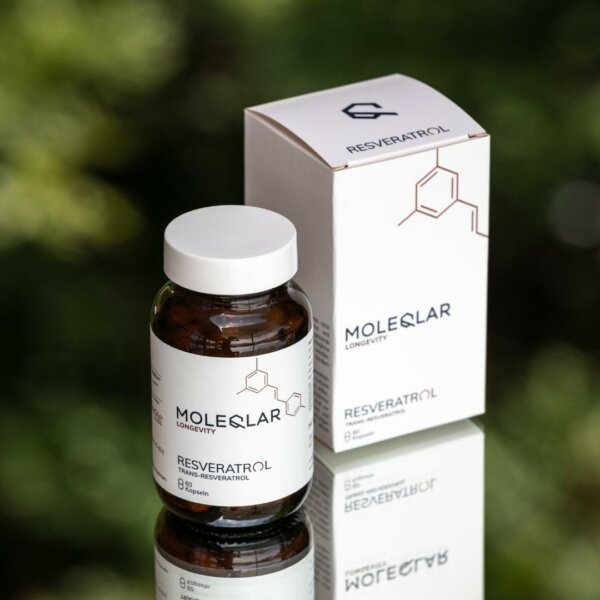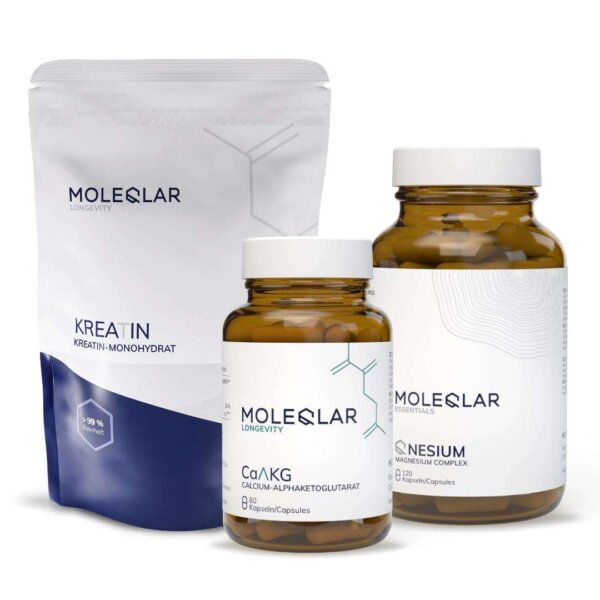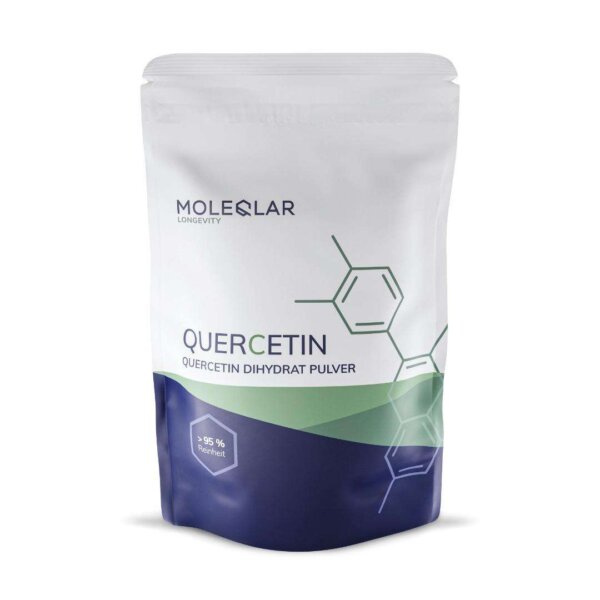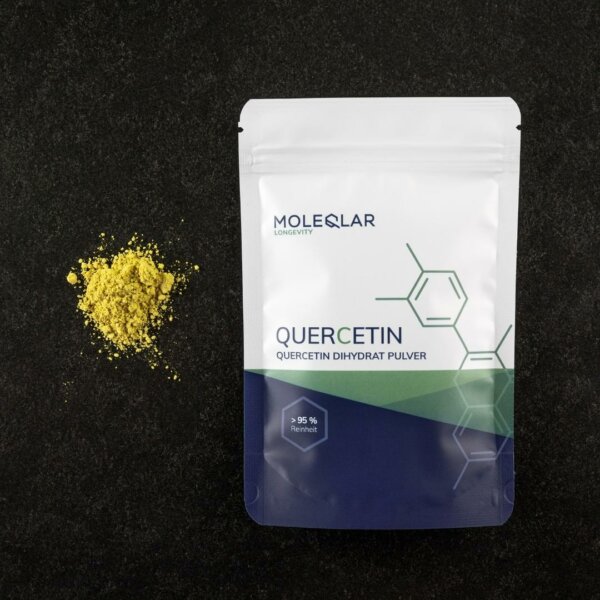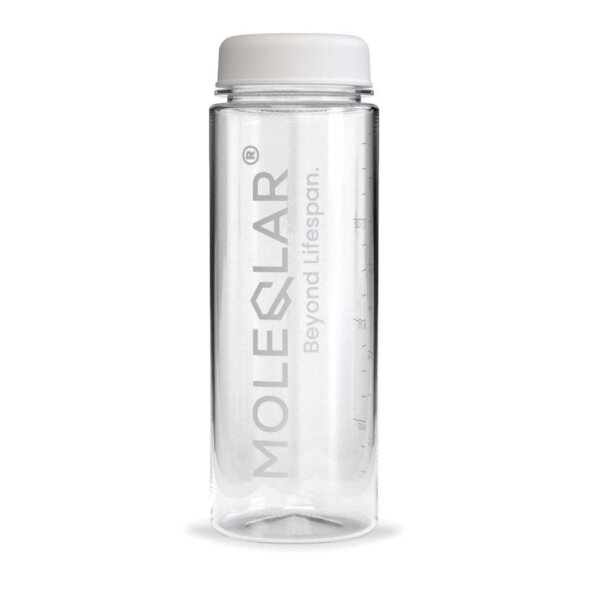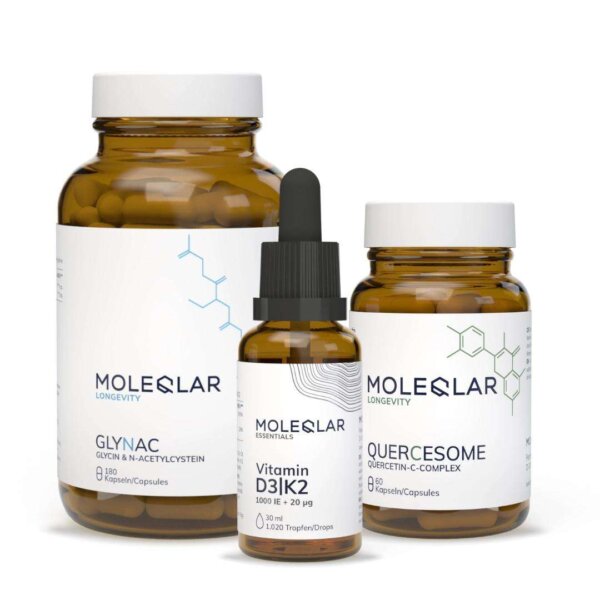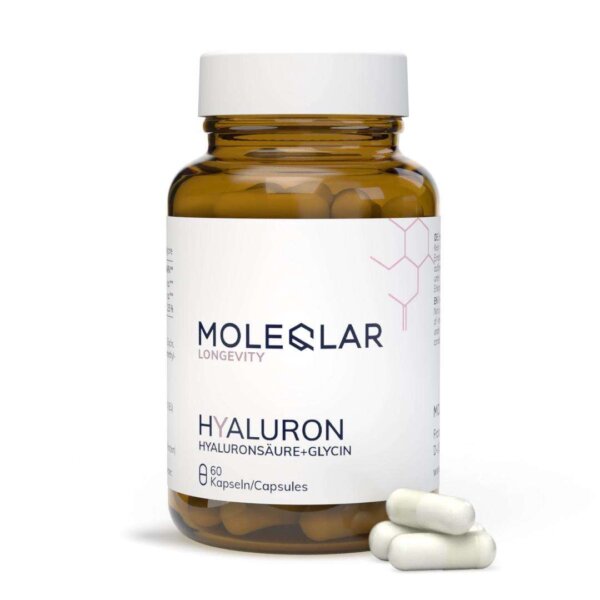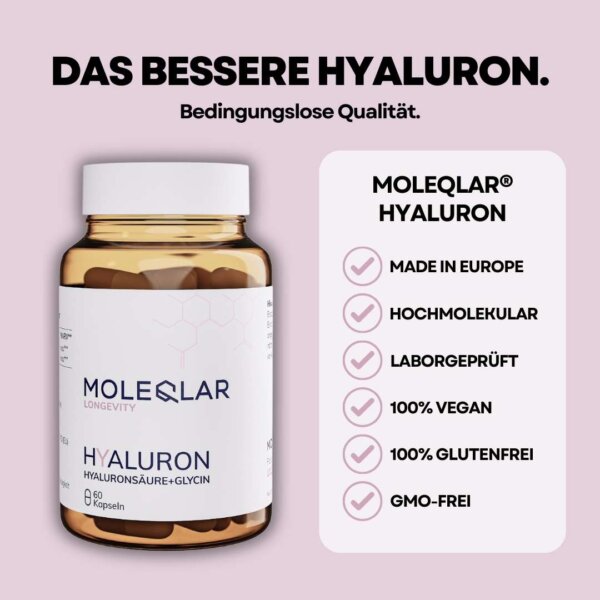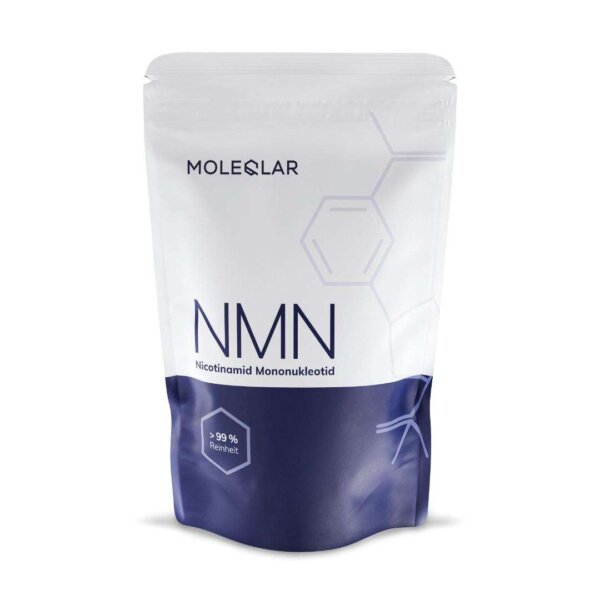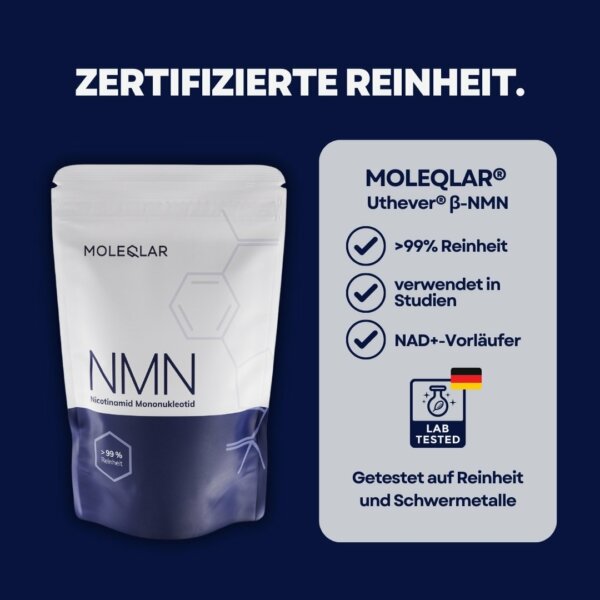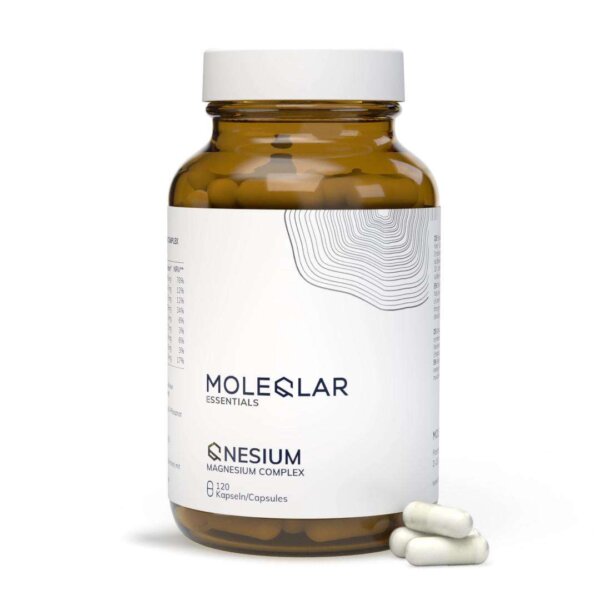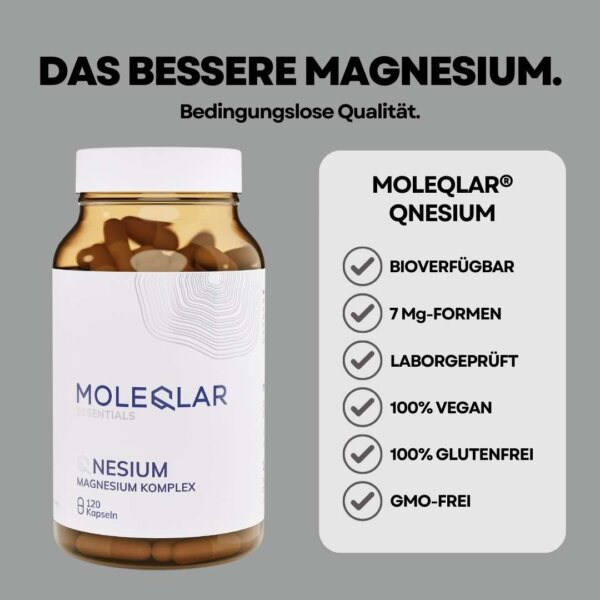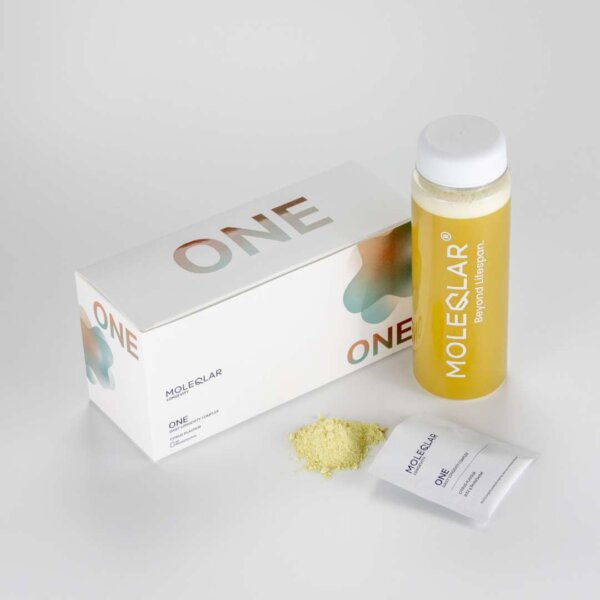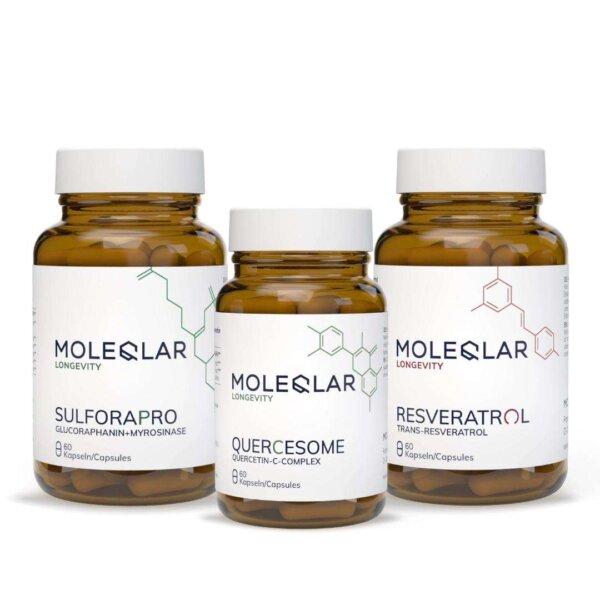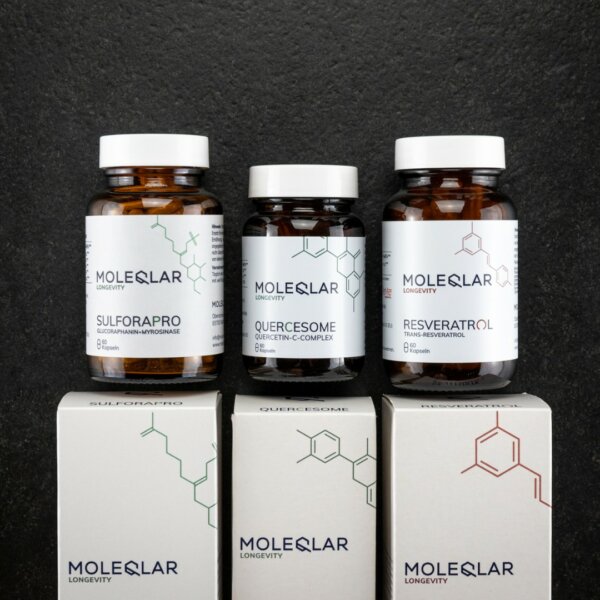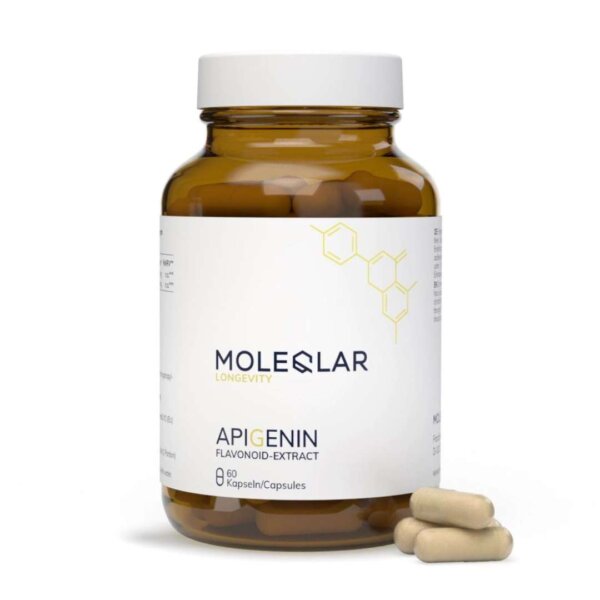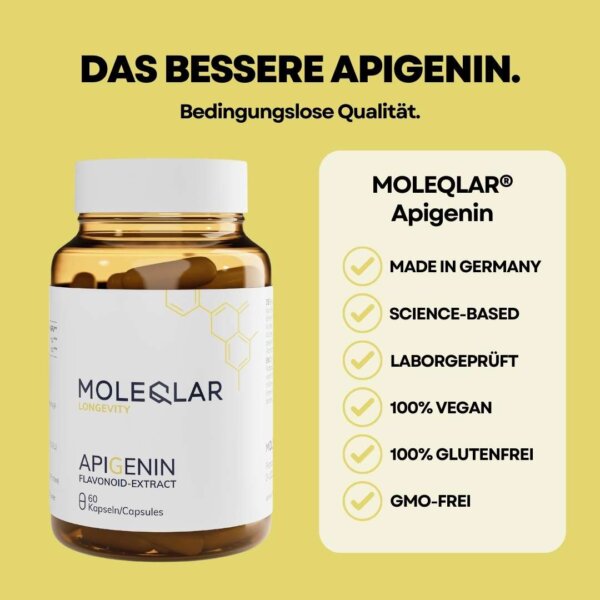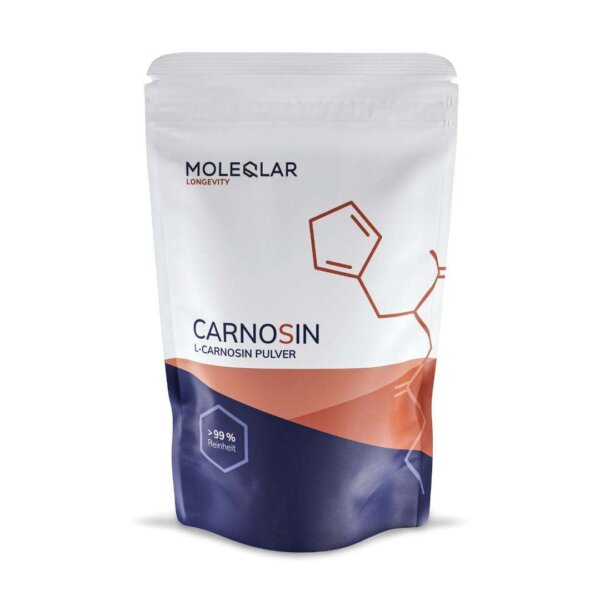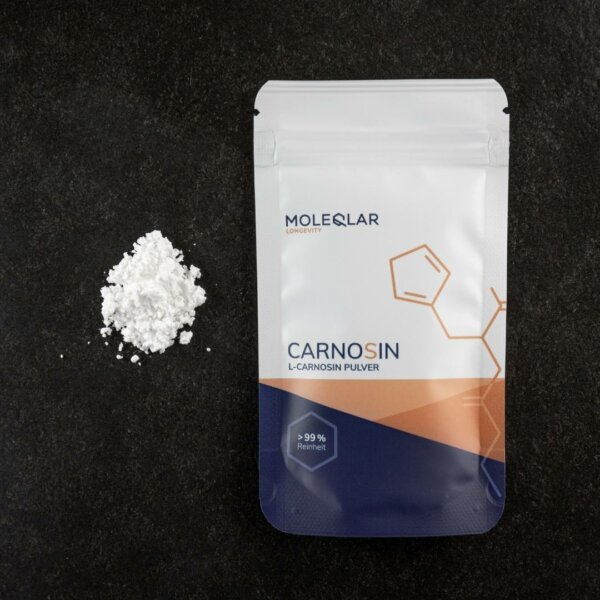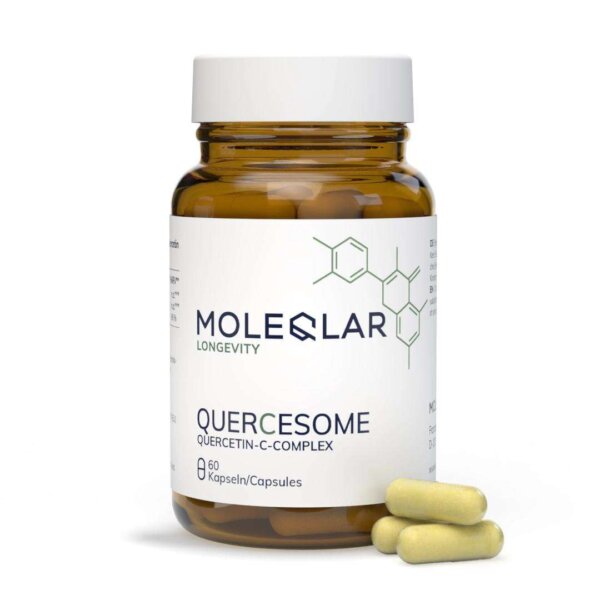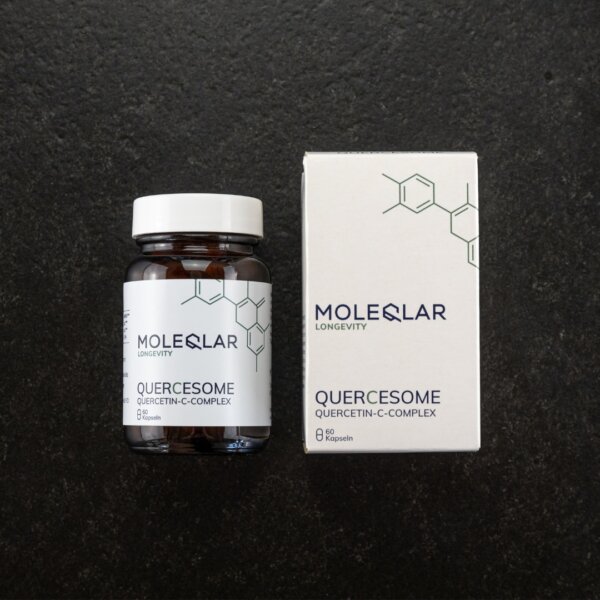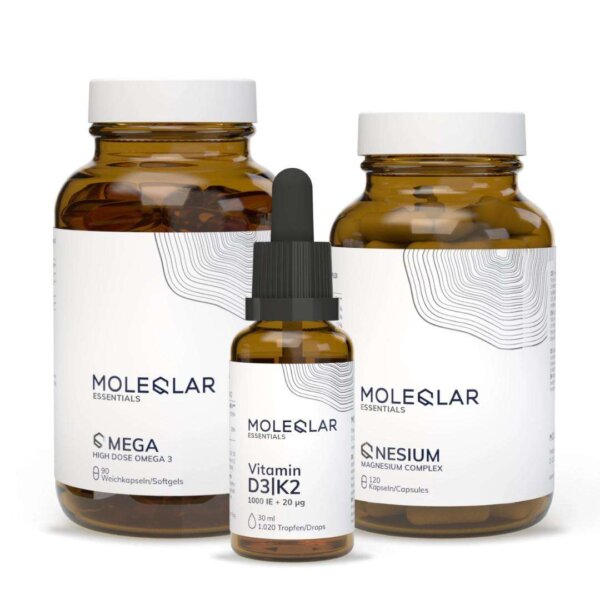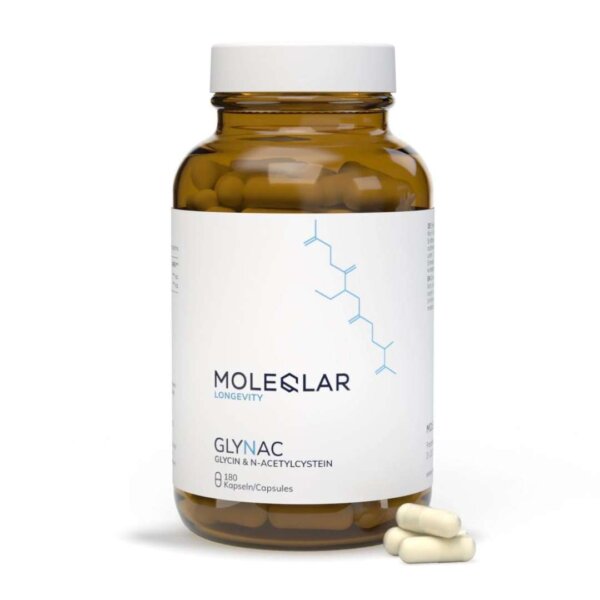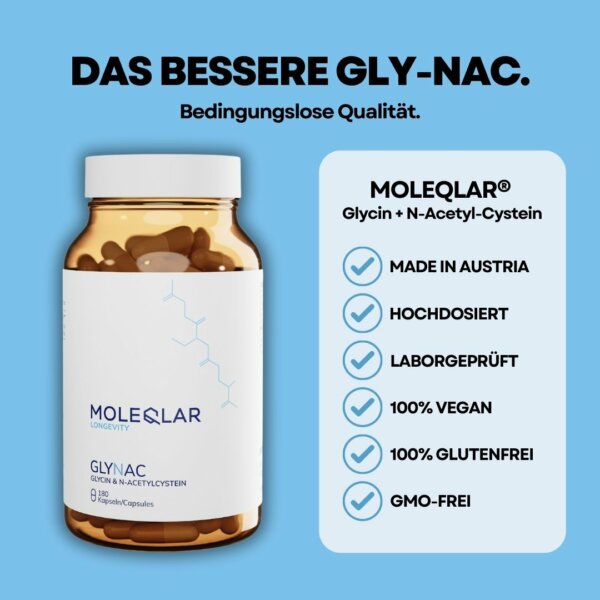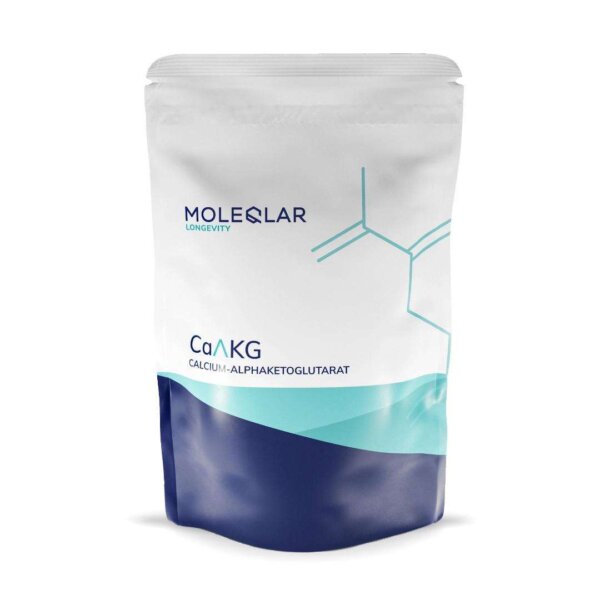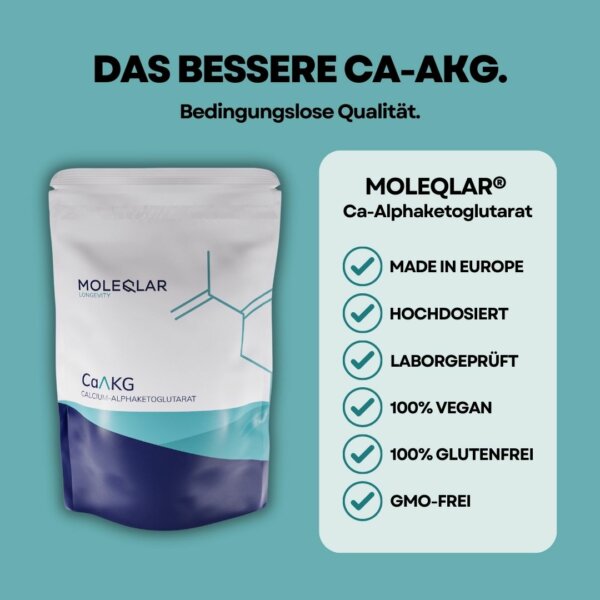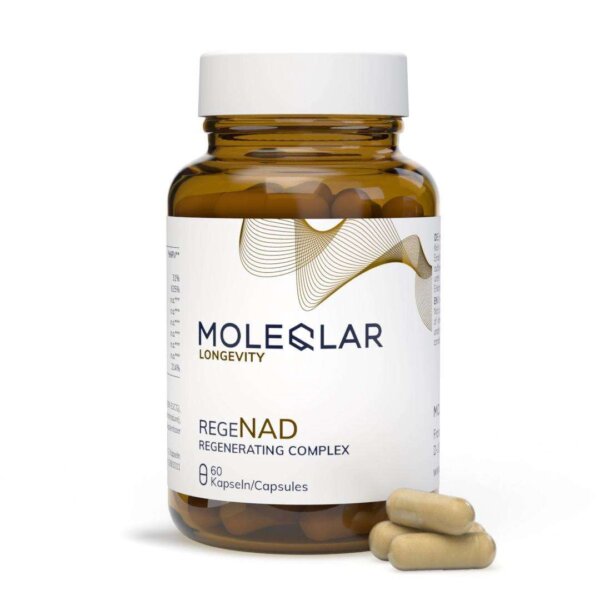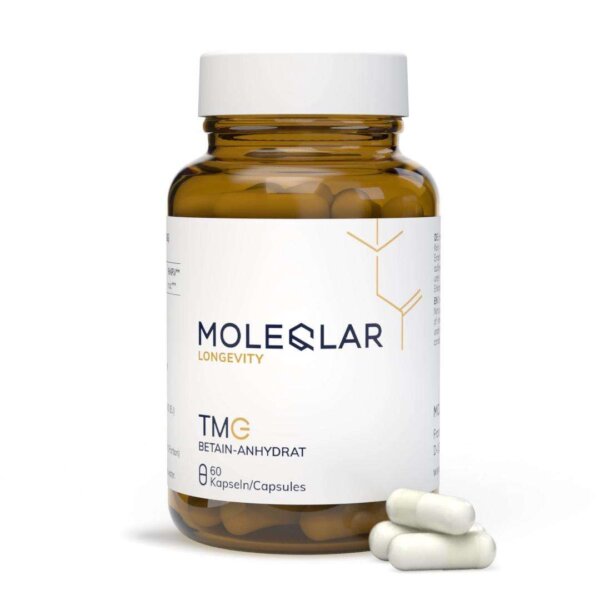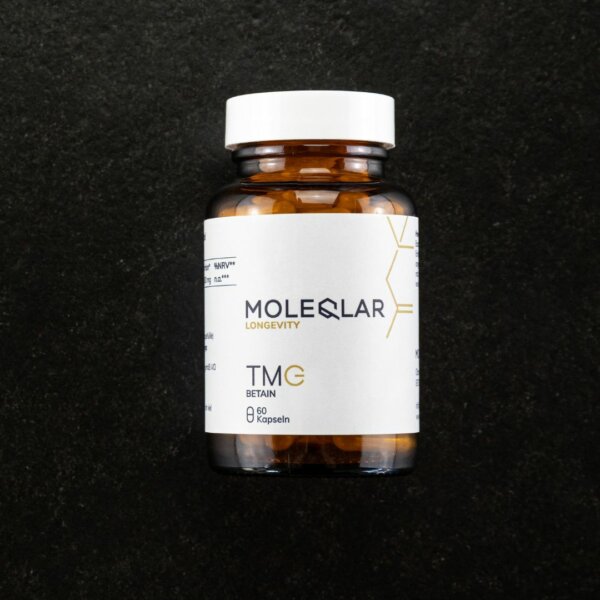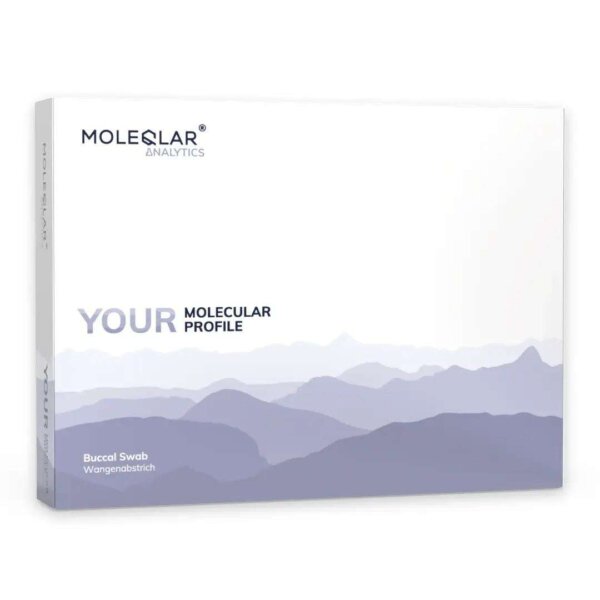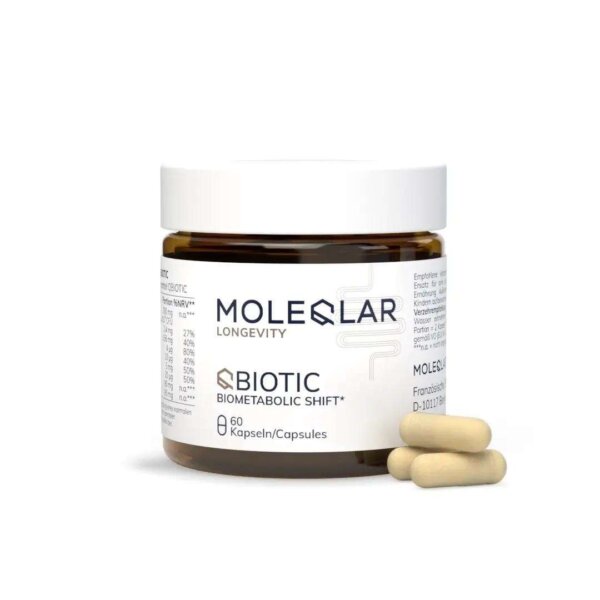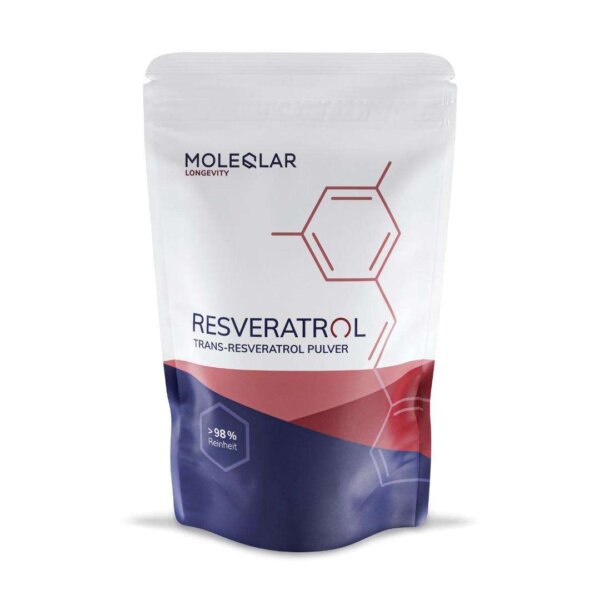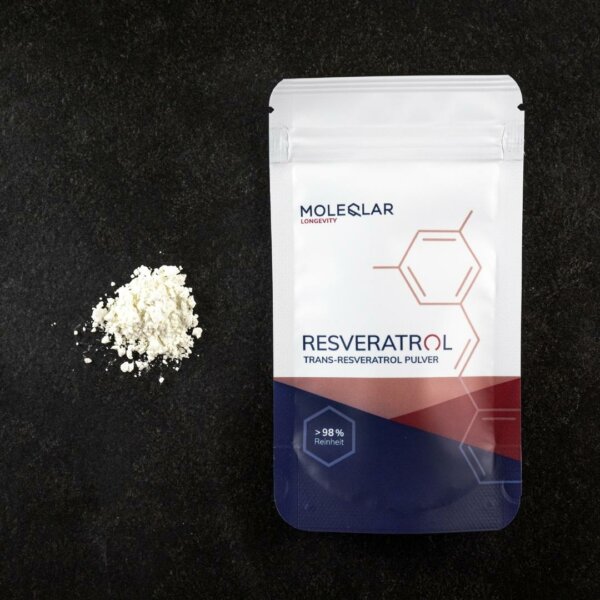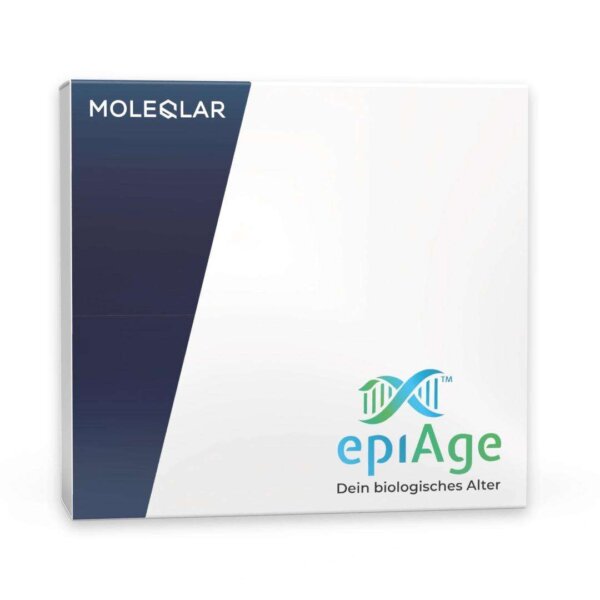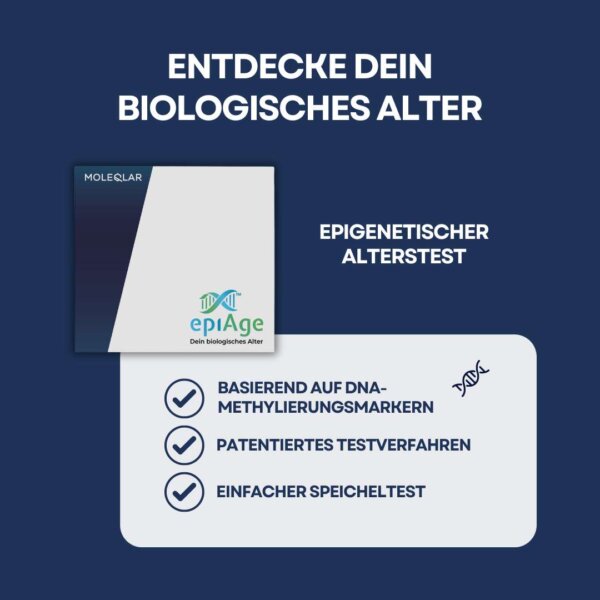The epigenome comprises a large number of epigenetic marks and modifications that occur on the DNA and the surrounding histones and regulate gene expression without changing the DNA sequence itself. Thus, a heart cell can be distinguished from a kidney cell, even if both have the same genetic material. It is a dynamic and highly complex regulatory system that controls gene activity and thus influences cell differentiation, development and adaptation to environmental stimuli. As an analogy, you can imagine that there are various volume controls placed around the DNA that turn genes down (inactive) or up (active).
How is the epigenome structured?
The epigenome consists of various epigenetic marks, including DNA methylation, post-translational modifications of histones and non-coding RNAs. DNA methylation refers to the addition of methyl groups to cytosine residues in CpG dinucleotide regions, while histones can be altered by acetylation, methylation, phosphorylation and other modifications. These epigenetic modifications act together to modulate chromatin structure and thus influence the accessibility of DNA to the transcription machinery.
To stick with the analogy. The methylations influence the volume controls and the histones are large proteins around which the DNA is wound. The best way to think of it is like curlers. This makes entire sections either easier or more difficult to reach.
What does the epigenome have to do with age?
The epigenome undergoes changes throughout life known as epigenetic ageing. Research has shown that epigenetic changes can be linked to age-related diseases such as cancer, heart disease and neurodegenerative diseases. In addition, environmental factors such as diet, stress and exposure to toxins can influence epigenetic changes and thus accelerate or slow down the ageing process. You can find out more about this in our detailed epigenetics article. There we also clarify the question of whether epigenetic patterns are hereditary.
Epigenome, epigenetics and epigenetic age - what's the difference?
To shed some light on the subject, let's clarify the most important terms once again. The epigenome refers to the entirety of epigenetic marks in a cell or organism. Epigenetics is the scientific discipline that deals with the study of these epigenetic mechanisms and changes. Epigenetic age is a metric that quantifies epigenetic changes over time and is often used as a measure of the biological ageing process.
How can the epigenome be measured?
In science, there are various methods for measuring the epigenome, the analysis of DNA methylation patterns, as used by Nobel Prize winner Steve Horvath to measure biological age. Using the Horvath Clock, he was able to identify 353 sites on the DNA that correlate with biological age. Find out in an interview with Martin Berlet, CEO of epiAge Germany, why Professor Moshe Szyf from McGill University in Montreal uses "only" 13 methylation sites and what the advantages are.
What are epigenome measurements used for in science?
Epigenomic analyses have broad applications in science. They are used to unravel the molecular mechanisms of disease, investigate the effects of environmental factors on gene expression, explore genetic and epigenetic bases of development and differentiation, and even perform forensic analyses to identify perpetrators or genetic relatives. The findings from epigenomic studies contribute to the development of new diagnostic and therapeutic approaches for a variety of diseases and help to deepen our understanding of health and disease at the molecular level.
One exciting aspect, for example, is that certain epigenetic patterns are hereditary. If you want to know more about epigenetics, it's worth taking a look at our epigenetics article.
Literature
- Gjaltema, Rutger A F, and Marianne G Rots. "Advances of epigenetic editing." Current opinion in chemical biology vol. 57 (2020): 75-81. link
- King, Stephanie E, and Michael K Skinner. "Epigenetic Transgenerational Inheritance of Obesity Susceptibility." Trends in endocrinology and metabolism: TEM vol. 31.7 (2020): 478-494. link
- Ceribelli, Angela, and Carlo Selmi. "Epigenetic Methods and Twin Studies." Advances in experimental medicine and biology vol. 1253 (2020): 95-104. link
- Sapienza, Carmen, and Jean-Pierre Issa. "Diet, Nutrition, and Cancer Epigenetics." Annual review of nutrition vol. 36 (2016): 665-81. link
- de Lima Camillo, Lucas Paulo, and Robert B A Quinlan. "A ride through the epigenetic landscape: aging reversal by reprogramming." GeroScience vol. 43,2 (2021): 463-485. link
- Applegate, Jason S, and Diane Gronefeld. "Factor V Leiden." Radiologic technology vol. 90.3 (2019): 259-273. link
- Fides Zenk et al. "Germ line-inherited H3K27me3 restricts enhancer function during maternal-to-zygotic transition." Science357,212-216(2017). Link




